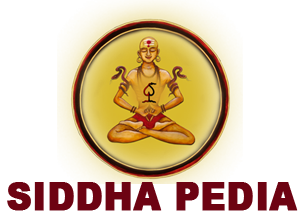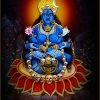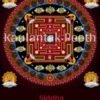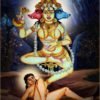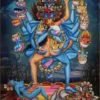Guhyeshwari Devi
Guhyeshwari Devi is the epitome of all Guhya wisdom of tantra. As per “Siddha Dhamra”, She is the first as well as the foremost goddess who in her womb keeps all the secretive knowledge hidden and portrays something else to the perceiver. She is like an orange fruit which keeps the seed hidden inside her
